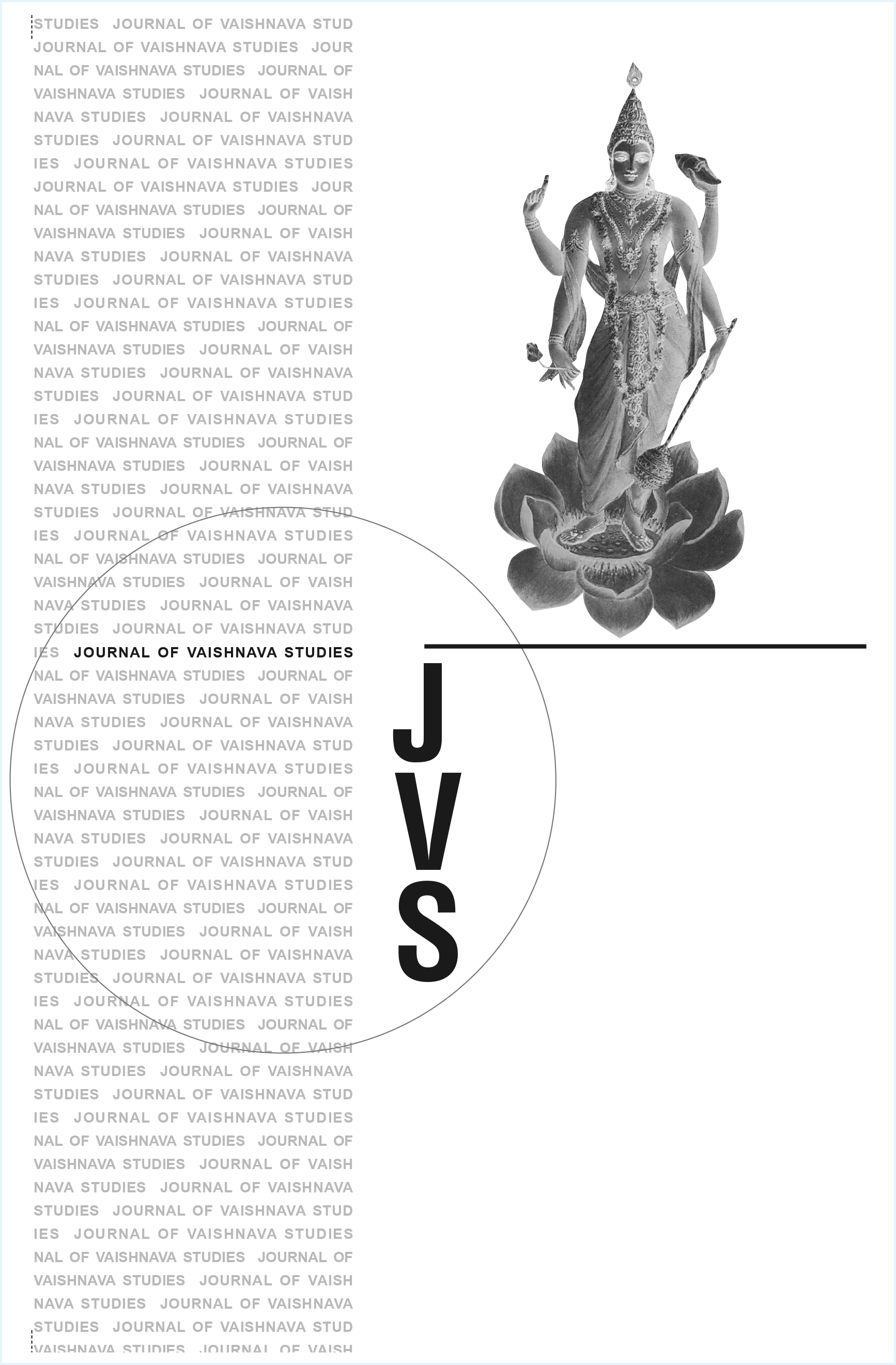The Rādhāvallabha and the Haridāsī Sampradāyas
A Comparison
Keywords:
Radhavallabha Sampradaya, Haridasi Sampradaya, Radha, Krishna, Vaishnava, Rasika, Nitya vihara, Nikuñja lila, Hita Harivamsha, Swami Haridasa, Sakhi bhava, Tatsukha, Kelimata, Radhasudhanidhi, Indian religious traditionsAbstract
The article "THE RADHAVALLABHA AND THE HARIDASI SAMPRADAYAS: A COMPARISON" by Lucy Rosenstein offers a detailed comparison of two prominent Vaishnava traditions, the Radhavallabha Sampradaya and the Haridasi Sampradaya, both founded by Hita Harivamsha and Swami Haridasa, respectively. The article highlights the striking theological similarities between these "rasika" sects, focusing on their shared worship of the divine couple, Radha and Krishna, and their emphasis on their eternal love-sports (nitya vihara) within the bower (nikuñja lila), rather than the wider Puranic narratives. It explores how both traditions advocate for the devotee to assume the role of a confidante (sakhi), witnessing and facilitating the divine couple's happiness (tatsukha) without personal participation (svasukha). Despite these profound similarities, the article investigates the subtle distinctions in their foundational texts and popular perceptions. It reveals that while Harivamsha's hagiographies and texts like Radhasudhanidhi emphasize Radha's clear primacy over Krishna, Haridasa's Kelimata tends to present a more balanced view of the divine couple, with a subtle leaning towards Krishna's prominence. The author also notes how sectarian interpretations of these texts often downplay references to Krishna's Vraja lila and consistently underline Radha's pre-eminence, aligning with their respective unique identities. Ultimately, the article concludes that these sects, despite their close theological ties, forged distinct identities not as rivals, but as allies striving to establish their unique "rasika" stance amidst larger Vaishnava traditions.Published
1998-12-13
Issue
Section
Articles





